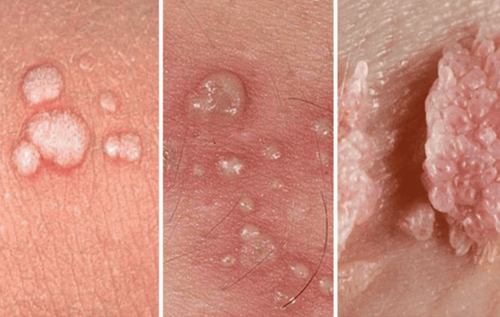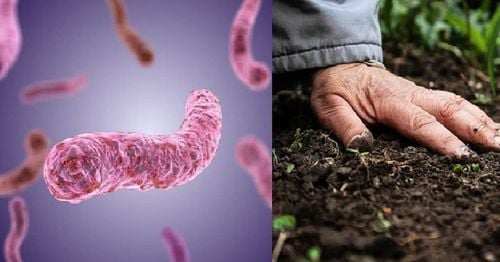This is an automatically translated article.
The article is expertly consulted by Master. Doctor Nguyen Thi Nhat - Doctor of Infectious Diseases - Department of Examination & Internal Medicine - Vinmec Hai Phong International General Hospital. The doctor has more than 10 years of experience in the field of artificial kidneys, and in the field of infectious diseases, examining and managing patients with kidney disease and infectious diseases.Whitmore is one of the acute infectious diseases with a high degree of danger, causing rapid death and increasing rate. Because Whitmore is a disease for which there is no vaccine to be vaccinated, everyone should actively take measures to prevent Whitmore disease to protect the health of themselves and their families.
1. What is Whitmore's disease?
Whitmore's disease, also known as Melioidosis, is an acute infectious disease caused by the Gram-negative bacillus Burkholderia pseudomallei. People can get this disease if they come into contact with soil, water, or surfaces contaminated with B. pseudomallei. Although there is no possibility of an outbreak of an epidemic, Whitmore has a severe progression, high mortality rate, so it is extremely dangerous.Whitmore disease in Vietnam was first described in 1925 in Ho Chi Minh City. Ho Chi Minh City and then Hanoi and then Hue. Although it is not possible to make accurate statistics on the condition of the disease, many cases of the disease have been recorded in localities. Due to its dangerous disease-causing nature and high ability to infect the respiratory route, B. Pseudomallei has been classified by the US Centers for Disease Control and Prevention (CDC) as a class 1 dangerous agent. (equivalent to Bacillus anthracis) and can be used as a biological weapon.
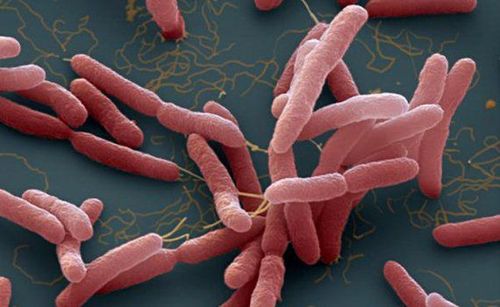
2. Pathway of transmission of Whitmore .'s disease
Whitmore's disease is caused by B. Pseudomallei (soil-dwelling) bacteria that can be acquired through contact through abrasions on the skin when an infected person comes into contact with soil or water containing the bacteria. Whitmore can be infected through the respiratory route, in addition, some scientific studies have also shown evidence of infection when eating foods with bacteria.However, there are still no studies showing the transmission route of Whitmore's disease from person to person or from animal to person through the air. Therefore, locations where people with Whitmore's disease are often sporadic but cannot break out into a pandemic.
3. Causes of Whitmore's Disease
The main cause of Whitmore's disease may be due to the patient's direct and frequent contact with the muddy environment, soil containing the bacillus causing Whitmore's disease and infection through scratches, skin wounds caused by carelessness. or accident.In particular, Whitmore's disease in Vietnam can also be transmitted through the respiratory or gastrointestinal tract by inhalation of dust or steam contaminated with pathogenic bacteria or drinking water contaminated with Whitmore bacteria.
In addition to the main causes, a number of factors can increase the risk of Whitmore's disease including:
Patients with diabetes: accounted for about 23-60% of patients Alcoholic patients: accounted for about 12-39 % Chronic lung disease: 12-27% Chronic kidney disease: 10-27%.
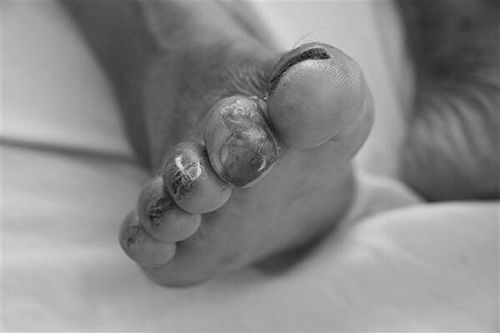
4. Clinical manifestations of Whitmore's disease
Patients with Whitmore's disease will have different clinical presentations depending on the type of infection. After being exposed to pathogenic bacteria, it will take 2 to 4 weeks for the sick person to show symptoms, in some cases, the patient will not show any symptoms. Serological studies have shown that the majority of infections patients often do not show symptoms, but severe clinical manifestations often occur in patients with risk factors, specifically:4.1 Lung infections The most obvious clinical manifestation of Whitmore's disease in humans is pulmonary infection. Pulmonary infections may arise independently or be the result of sepsis. Patients can develop mild or severe lung infections leading to pneumonia and septic shock (which can quickly lead to death).
Patient Whitmore with lung infection will present with clinical symptoms including:
Chest pain on breathing Cough with or without sputum. Continuous high fever Body aches and headaches Rapid weight loss 4.2 Blood infections Whitmore's disease, if not detected and treated early, will rapidly progress and cause the patient to develop sepsis, also known as septic shock (which is the most severe form of Whitmore's disease), which can be life-threatening. Symptoms include:
Malaria, shivering accompanied by sweating, headache, upper abdominal pain, diarrhea, sore throat, shortness of breath, joint and muscle pain, disorientation, pus-filled sores on the skin or side. in the liver, spleen, muscle or prostate Patients over 40 years of age are at increased risk of developing a blood infection in Whitmore's disease.
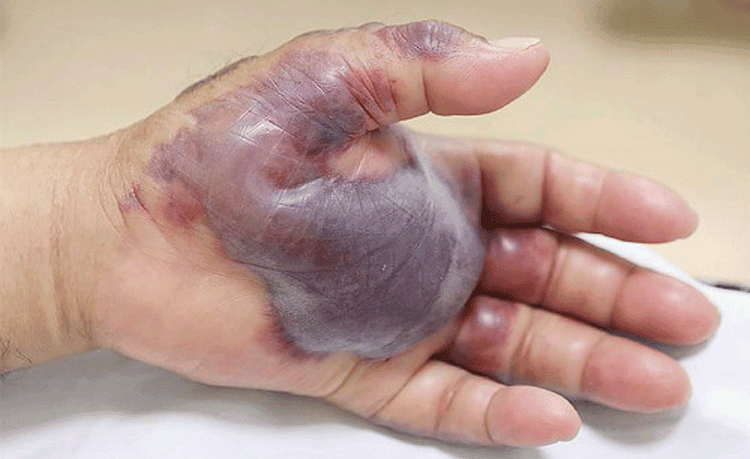
Pain or swelling in a certain area (parotid gland..) High fever Ulcers or abscesses above, just below the skin 4.3 Disseminated infection In this case, a person with Whitmore's disease can have sores in many different locations, accompanied by the following symptoms:
Weight loss High fever Chest or stomach pain Muscle or joint pain Headache, convulsions Multiple Some infected sores will appear on the liver, spleen, lungs or prostate.
5. Diagnosis of Whitmore .'s Disease
In fact, Whitmore's disease can affect almost any organ in a person's body and cause symptoms similar to many other illnesses. Therefore, if not diagnosed correctly, it can cost the patient's life.
6. Precautions for Whitmore .'s Disease
Currently, there is no vaccine for Whitmore's disease in Vietnam. This is a particularly dangerous disease, so proactive prevention is essential. To prevent Whitmore's disease, it is necessary to:Limit exposure to mud, soil in contaminated areas. For those who are forced to work in this environment, it is necessary to wear safety protective equipment such as shoes, sandals, gloves... When there is an open wound or scratch or ulcer on the skin, do not contact the soil. , water where potentially pathogenic bacteria are present. People with immunodeficiency diseases, diabetes... need to be carefully cared for and protected. Must quickly go to medical facilities for timely examination, advice and treatment when suspected of being infected. According to statistics, every year, many sick people still die from Whitmore's disease, especially cases of sepsis and its complications despite timely treatment. Therefore, prevention is better than cure, everyone should actively learn and equip themselves with knowledge about this disease, find for themselves the most effective and safest prevention method.
Please dial HOTLINE for more information or register for an appointment HERE. Download MyVinmec app to make appointments faster and to manage your bookings easily.





